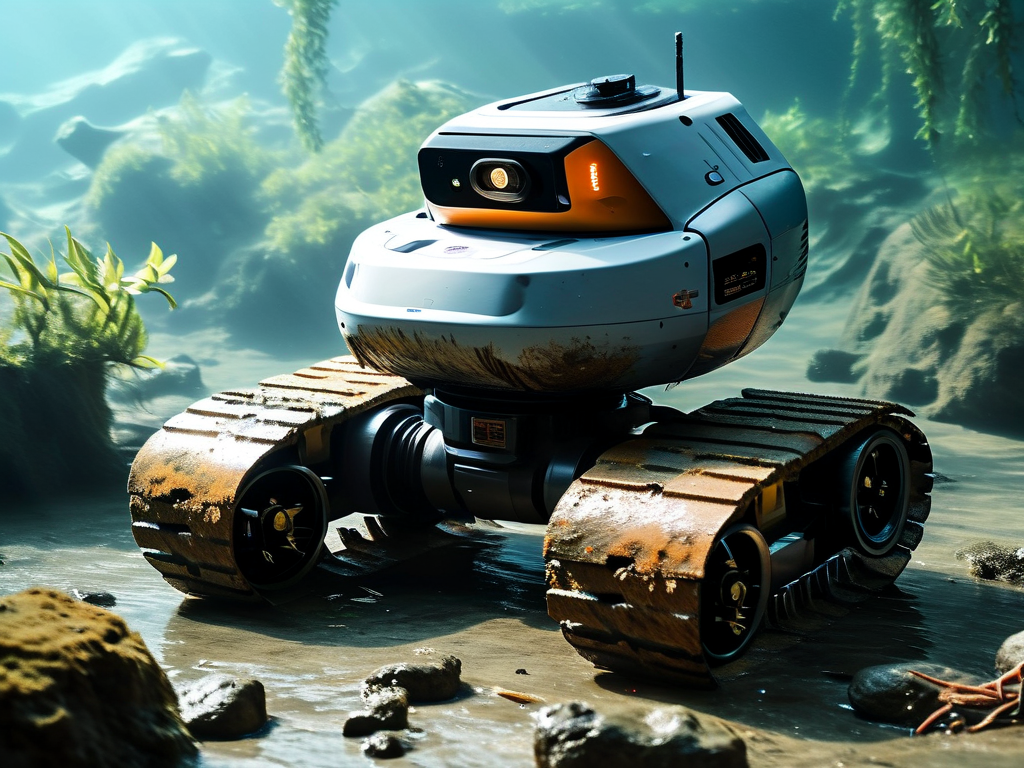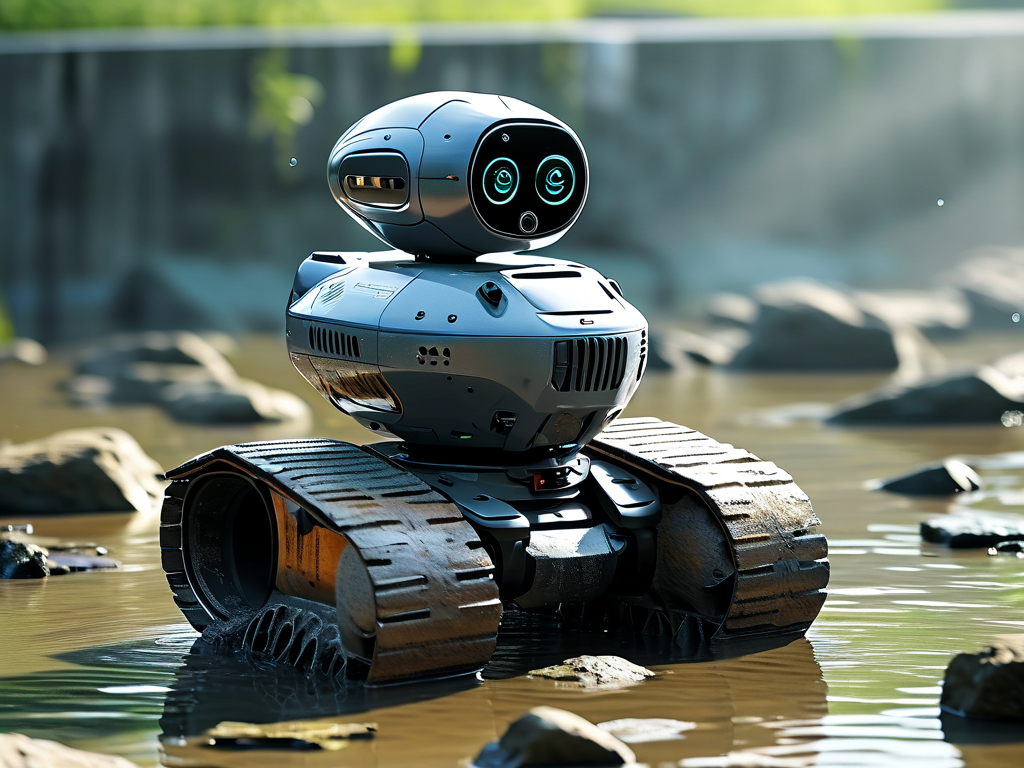Across industries reliant on water management, robotic dredging systems are redefining efficiency and sustainability. Unlike traditional methods that rely on heavy machinery and manual labor, these autonomous machines leverage cutting-edge technologies to address sedimentation challenges with unprecedented precision. This article explores the technical advantages driving their adoption and their transformative impact on environmental conservation.
1. Enhanced Operational Efficiency
Modern dredging robots integrate AI-powered navigation systems capable of mapping underwater terrain in real time. By analyzing sediment density and composition through multispectral sensors, these machines optimize excavation paths automatically. For instance, the HydroScan X3 model reduces redundant movements by 62% compared to human-operated equipment, completing projects 40% faster. This efficiency extends to remote areas where deploying traditional dredgers is logistically impractical, such as narrow irrigation canals or urban drainage networks.

2. Environmental Precision
Conventional dredging often disturbs aquatic ecosystems through excessive sediment dispersion. Robotic systems counter this with closed-loop suction mechanisms and adjustable flow controls. The EcoDredge 5000 series demonstrates this by maintaining turbidity levels below 15 NTU during operations – a 90% improvement over standard hydraulic dredgers. Such precision protects fish habitats and prevents nutrient release that could trigger algal blooms, aligning with global water quality standards like the EU Water Framework Directive.
3. Cost-Effectiveness Through Automation
Labor costs constitute 55-70% of traditional dredging budgets. Autonomous robots eliminate this through 24/7 operation capabilities and predictive maintenance algorithms. A case study in Singapore’s Marina Reservoir revealed a 31% reduction in annual maintenance costs after implementing the AquaBot S2 fleet. The system’s self-diagnostic features detect component wear 48 hours before failure, minimizing downtime – a critical advantage in time-sensitive projects like flood prevention.

4. Data-Driven Decision Making
Embedded IoT sensors transform dredging robots into environmental monitoring platforms. The SedimentMaster Pro model generates granular reports on pollutant concentrations (heavy metals, microplastics) while removing debris. Port authorities in Rotterdam now use this dual-functionality to comply with stricter marine pollution regulations while maintaining shipping lanes. Such data integration enables proactive ecosystem management rather than reactive cleanup efforts.
5. Adaptability to Climate Challenges
As extreme weather events increase sedimentation rates, modular robotic systems prove indispensable. The Typhoon-Proof Dredge Unit (TPDU) deployed in Southeast Asian deltas features quick-swap attachments for handling everything from storm debris to volcanic ash. During the 2023 monsoon season, TPDUs cleared 12,000 tons of flood-borne sediment in Manila within 72 hours – a task that would have taken conventional teams three weeks.
Future Outlook
Industry analysts predict a 22.7% CAGR for robotic dredging solutions through 2030, driven by smart city initiatives and wetland restoration projects. Emerging innovations like hydrogen fuel cell-powered models (e.g., HydroGen H4) and swarm coordination algorithms promise to further revolutionize the sector. However, challenges remain in standardizing regulatory frameworks for autonomous marine operations across jurisdictions.
From revitalizing urban waterways to preserving biodiversity hotspots, dredging robots exemplify how targeted automation can achieve both economic and ecological objectives. As these systems evolve, they’re poised to become essential tools in humanity’s quest for sustainable water resource management.









